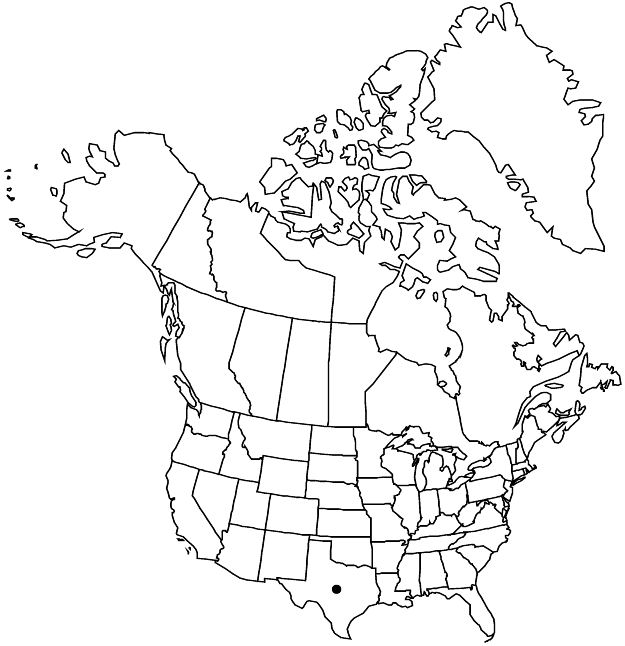Krameria ramosissima
Proc. Amer. Acad. Arts 17: 326. 1882.
Shrubs, slightly mounding, 0.3–1 m. Stems erect, with long and short-shoots, young branches strigose, light green, becoming gray with age, tips of long-shoots thorny. Leaves: blade linear to ovate, on long-shoots to 10 × 0.7–1 mm, on short-shoots 3–5 × 0.7–2 mm, ape× obtuse, surfaces strigose to villous, lacking glandular-hairs. Inflorescences axillary, solitary flowers (on both long and short-shoots, often appearing clustered in short-shoots). Flowers: sepals ± cupped around petals and gynoecium, pink, ovate to oblong, 7–10 mm; secretory petals dark-pink to brick-red, 2–3 mm, with oil-filled blisters mostly on distal portions of outer surfaces; petaloid petals 5–6 mm, connate basally, distinct portions yellow or green basally, purple or dark-pink tinged with lavender or purple distally, oblanceolate to reniform, 2–3 mm; stamens didynamous; ovary strigose; style greenish white. Capsules circular to cordate in outline, with longitudinal ridge on each face, 5–6 mm diam., sparsely to moderately strigose, spines stout, 0.5–1.5 mm, each glabrous, sometimes with minute serrations near tip. 2n = 12.
Phenology: Flowering Apr–May.
Habitat: Arid areas, sand, limestone, caliche, shale.
Elevation: 0–600 m.
Distribution

Tex., Mexico (Coahuila), Mexico (Nuevo León), Mexico (Tamaulipas)
Discussion
In Texas, Krameria ramosissima is known from counties along the Mexican border from the middle to lower Rio Grande valley.
Selected References
None.